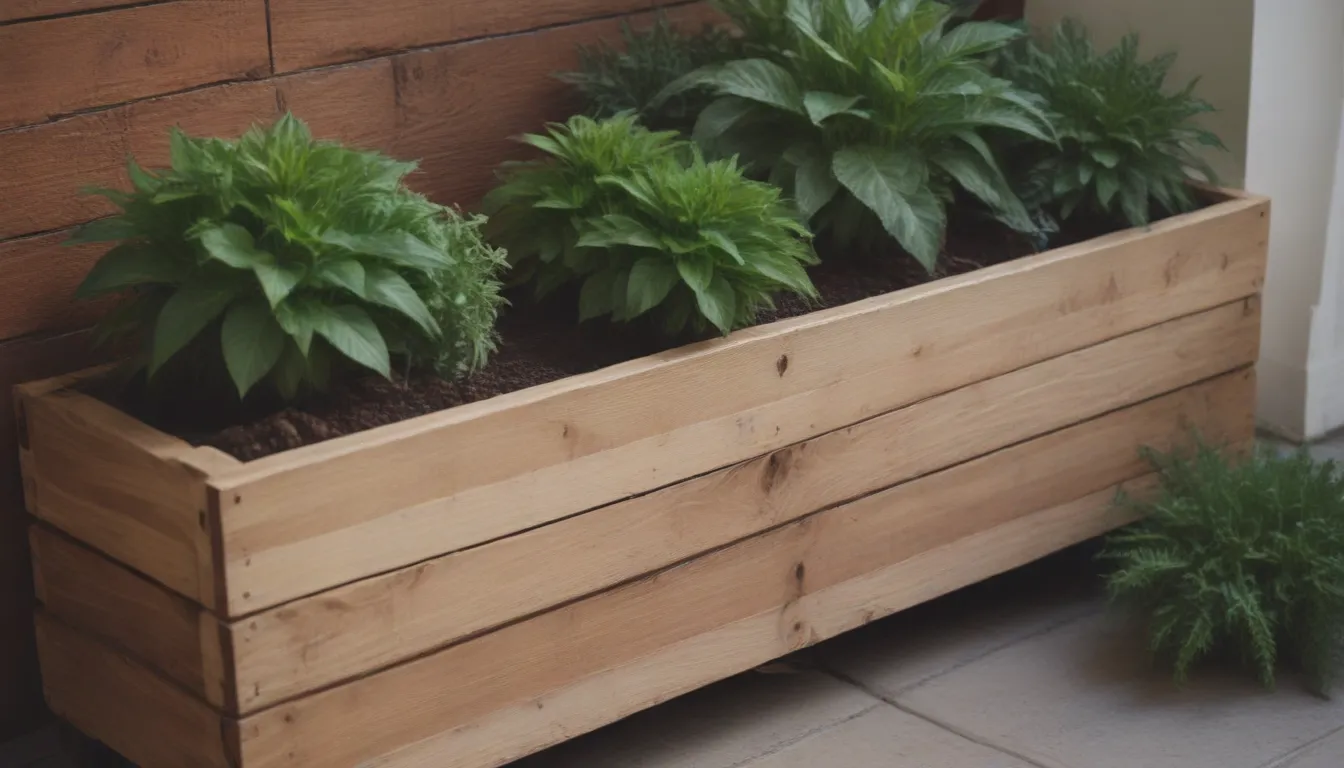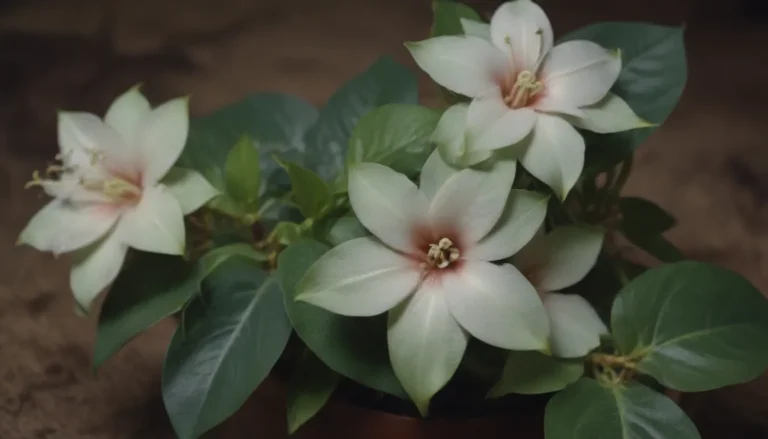The Ultimate Guide to Creating and Maintaining DIY Wooden Container Planters

Are you looking to add a touch of rustic charm to your home or garden? Maybe you want to repurpose some old wooden containers into beautiful planters. In this in-depth guide, we will explore everything you need to know about creating and maintaining DIY wooden container planters. From selecting the right wood to preserving your containers and tips for successful plant growth, we’ve got you covered.
Why Choose Wooden Container Planters
Wooden container planters offer a unique, organic design element to your space. They can be easily repurposed from vintage finds like soda crates or old tool boxes, making them an affordable and eco-friendly choice. By giving new life to these containers, you not only add a touch of charm to your surroundings but also reduce waste.
Benefits of Wooden Container Planters:
- Rustic and organic design statement
- Eco-friendly option for repurposing materials
- Affordable or even free to obtain
- Unique and customizable appearance
Selecting the Right Wood for DIY Planters
Wooden planters may not have the longevity of plastic, clay, or concrete containers. However, with the right wood selection and proper care, they can last for many years. When choosing wood for your DIY planters, opt for types that are resistant to rot and insect damage. Here are some good options to consider:
– Cedar
– Redwood
– Cypress
– Teak
Avoid using pressure-treated lumber for edible plants, as older versions may contain harmful chemicals like arsenic. Look for newer, safer options or reserve these containers for ornamental plants only. Never use creosote-soaked railroad ties, as they contain toxic chemicals that can harm both plants and people.
Good Types of Wood for DIY Planters:
- Cedar: Resistant to rot and insect damage
- Redwood: Naturally durable and long-lasting
- Cypress: Withstands moisture and decay
- Teak: Strong and weather-resistant
Preserving Your Wooden Containers
If you plan to grow ornamental plants in your wooden container, you can apply a chemical sealer to extend its life. Be sure to cover both the inside and outside surfaces of the planter. However, for containers intended for edible plants, avoid conventional sealers that may release harmful chemicals into the soil. Instead, opt for safer wood preservative treatments that are suitable for edibles.
Tips for Preserving Wooden Containers:
- Apply a chemical sealer for ornamental plants
- Use safer wood preservative treatments for edibles
- Cover both interior and exterior surfaces of the planter
Building DIY Planters
If you are starting with an existing wooden container, here are a few steps to prepare it for planting:
1. Check the container’s drainage: Ensure it has proper drainage holes to prevent waterlogging.
2. Add drainage holes if necessary: Drill or create holes in the bottom of the container for excess water to escape.
3. Line the planter with porous landscape fabric: Prevent soil from spilling out while allowing water to drain freely.
4. Choose your plants: Select the right plants based on your container size, location, and sunlight exposure.
Steps for Building DIY Planters:
- Check drainage and add holes if needed
- Line the planter with landscape fabric
- Select suitable plants for your container
- Consider the container’s size and location for plant selection
Tips for Growing in Wooden Containers
Once you have created your wooden planter, follow these tips to ensure its longevity and the success of your plants:
1. Monitor moisture levels: Wooden containers can dry out quickly, so check soil moisture regularly.
2. Protect from harsh weather: Place your containers in a sheltered area to avoid excess exposure to sun, wind, or rain.
3. Regular maintenance: Inspect the planter for signs of rot or damage, and replace or repair as needed.
4. Fertilize as needed: Wooden containers may deplete soil nutrients faster, so fertilize your plants according to their needs.
Tips for Successful Plant Growth in Wooden Containers:
- Monitor soil moisture levels regularly
- Protect containers from harsh weather conditions
- Perform regular maintenance to prevent damage
- Fertilize plants based on their nutrient requirements
In Conclusion
DIY wooden container planters offer a charming and sustainable way to display your favorite plants. By choosing the right wood, preserving your containers, and following proper care techniques, you can enjoy these unique planters for years to come. Whether you’re a gardening enthusiast or a beginner looking to add a touch of nature to your space, wooden container planters are a versatile and creative option to explore.
Remember to always prioritize the health and safety of your plants by selecting appropriate materials and following best practices for planting and maintenance. With a little creativity and care, your DIY wooden container planters will become a beautiful focal point in your home or garden. Happy planting!





